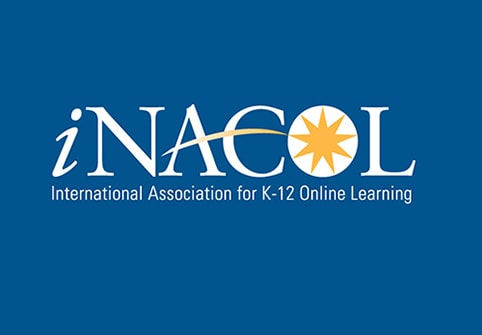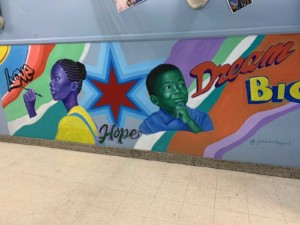Improving Access and Equity in Blended and Online Learning

States have the opportunity to transform education as we know it. The 2015 iNACOL State Policy Frameworks presents frameworks for sustainable, systemic change that will dramatically increase personalized learning for students. In this blog that first ran on iNACOL.org, Dale Frost shares the second of five frameworks that was released at the iNACOL Blended and Online Learning Symposium.
Dale Frost
Blended and online learning can leverage the talent of today’s best educators with technologies that extend their reach and can personalize instruction at any time or place. Across the education system, licensed, effective teachers are developing skills in using digital content and platforms to provide highly differentiated instruction.
Students in rural, urban, and underserved communities who do not have access to courses could take them from a licensed teacher online. Blended learning incorporates high-quality digital content and tools with the best of both worlds—traditional school locations and the flexibility of anywhere, anytime digital learning opportunities.
Whether taking an individual course, enrolling in a full-time online school, or benefiting from blended learning in a brick-and-mortar school, students should have access to a continuum of high-quality educational opportunities. These experiences can be tailored to students’ unique learning needs—from credit recovery, to college-level and career/technical education, to community-based learning opportunities.
Providing fair, equitable, and adequate funding ensures students have the opportunities and support systems they need to be successful. A recent iNACOL study found that the amount of per-pupil funding needed to enable high-quality teaching and learning in an online learning environment is between ninety-three and ninety-eight percent of the cost of providing the same excellence in traditional education on a fully adequate base cost.
Personnel costs in online learning are comparable to those in traditional environments; both administrative leadership and teacher leadership are required to run high-quality educational programs using blended and online learning. Equitable funding does not necessarily mean equal funding, but the amount must be adequate to ensure that students of all abilities, needs, and backgrounds have the requisite support and resources to achieve success.
Following are five policy recommendations that states can adopt to increase access and equity for students with blended and online learning:
State Policy Recommendations
- Establish a course access program to provide public school students with expanded course offerings across learning environments from diverse, accountable providers.
- Provide equitable and adequate funding for a spectrum of new learning models with base funding amounts that are adequate to assure quality in each delivery method:
- Blended learning should be funded at the same levels as brick-and-mortar settings.
- Supplemental online courses should be funded at a level sufficient to cover the cost of the course curriculum and instruction.
- Full-time online schools should be funded at a level sufficient to cover all operating costs, including teaching, learning, and student support services.
- Per-pupil funding formulas should be weighted to provide the resources necessary to support at-risk students, students with disabilities, and English language learners.
- Allow multiple authorizers to authorize, oversee, and evaluate multi-district, full-time public online schools (whether charter-, district-, or state-run), so that any student in the state has the opportunity to attend.
- Ensure that all digital, blended, and online learning is accessible to students with disabilities. Quality standards for course and school providers should ensure that any student can benefit, that content complies with Federal 508 accessibility requirements, that programs comply with student Individual Education Plans (IEPs), and that instruction incorporates the principles of Universal Design for Learning (UDL).
What recommendations would you provide policymakers? Please comment or Tweet us, @nacol.
This is the second of five state policy frameworks to transform K-12 public education. Taken as a whole, they present a framework for sustainable, systemic change that will dramatically increase personalized learning opportunities for all students. The complete updated iNACOL State Policy Frameworks will be released next week at the iNACOL Blended and Online Learning Symposium.
For more information, check out:
- Course Access: Equitable Opportunities for College and Career Ready Students
- Performance-Based Funding & Online Learning: Maximizing Resources for Student Success
- Access and Equity for All Learners in Blended and Online Education
- Making Online Learning Accessible for Students with Disabilities: Lessons from Texas
Dale Frost is the State Policy Director at iNACOL. Follow iNACOL on Twitter, @nacol.
iNACOL is a Getting Smart Advocacy Partner.






0 Comments
Leave a Comment
Your email address will not be published. All fields are required.